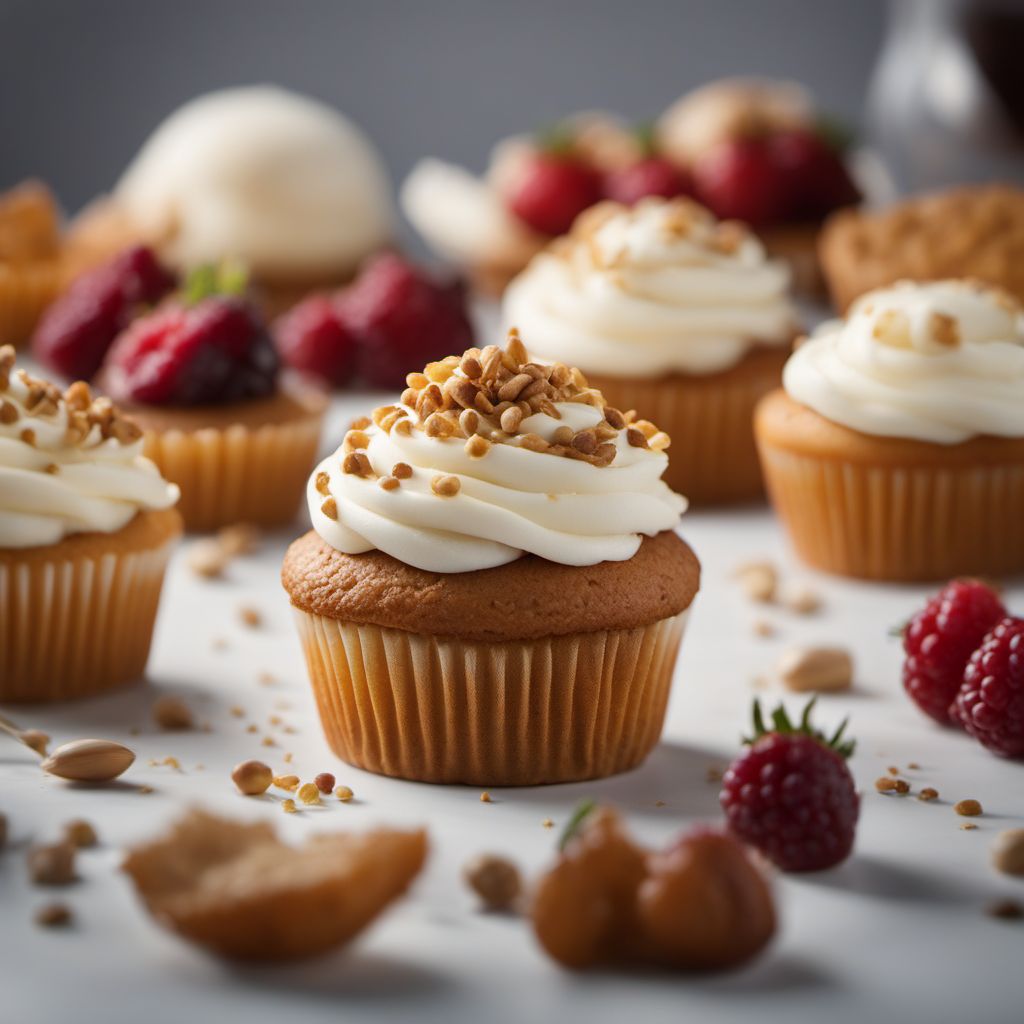
Ingredient
Plain cakes
Delightful Bites of Sweet Simplicity
Plain cakes are light and airy desserts made from simple ingredients such as flour, sugar, eggs, and butter. They have a tender crumb and a subtle sweetness, allowing them to be paired with various fillings, frostings, or toppings. Plain cakes are a classic choice for birthdays, celebrations, or afternoon tea, offering a delightful indulgence for all ages.
Origins and history
The history of plain cakes can be traced back to ancient civilizations, where early forms of cakes were made by combining basic ingredients like flour, honey, and eggs. Over time, the art of cake-making evolved, and different cultures developed their own variations of plain cakes. Today, plain cakes are enjoyed worldwide and are an integral part of many culinary traditions and celebrations.
Nutritional information
Plain cakes are not particularly nutrient-dense, as they are primarily made from refined flour, sugar, and butter. However, they provide a source of carbohydrates and energy. The nutritional content can vary depending on the specific recipe and any additional ingredients or toppings used.
Allergens
Plain cakes may contain allergens such as wheat, eggs, and dairy, depending on the specific recipe and any added ingredients. It is important to check the ingredient list and inform individuals with allergies or dietary restrictions before serving.
How to select
When selecting or baking plain cakes, look for recipes or products that use high-quality ingredients. Opt for organic or locally sourced ingredients whenever possible. The cake should have a light and fluffy texture, with a golden brown crust. Avoid cakes that are overly dense, dry, or have an artificial taste. Freshly baked plain cakes should have a pleasant aroma and a moist crumb.
Storage recommendations
To maintain the freshness and moisture of plain cakes, store them in an airtight container at room temperature. Avoid exposing the cakes to direct sunlight or excessive heat, as this can cause them to dry out. Plain cakes can also be refrigerated or frozen for longer shelf life, but it is important to wrap them tightly to prevent moisture loss.
How to produce
Plain cakes can be produced at home by following a simple recipe that combines flour, sugar, eggs, and butter. Amateur bakers can experiment with different flavor variations by adding extracts, spices, or fruits to the batter. The key is to follow the recipe instructions carefully and ensure proper mixing and baking techniques for a light and fluffy result.
Preparation tips
Plain cakes can be enjoyed as is, with a dusting of powdered sugar, or paired with various fillings, frostings, or toppings. They can be layered, frosted, or decorated to create stunning celebration cakes or enjoyed simply as a slice of comfort. Plain cakes are versatile and can be customized with different flavors, such as chocolate, citrus, or berries, to suit individual preferences.
Culinary uses
Plain cakes are widely used in baking and pastry applications. They serve as a base for many classic desserts, including layered cakes, cupcakes, trifles, and cake pops. Plain cakes can be transformed into elaborate creations with the addition of fillings, frostings, or decorative elements. They are a staple in afternoon tea, birthdays, weddings, and other special occasions.
Availability
Plain cakes are available worldwide, as they are a popular dessert in many cultures and cuisines. They can be found in bakeries, pastry shops, supermarkets, and even homemade versions in households.
More ingredients from this category
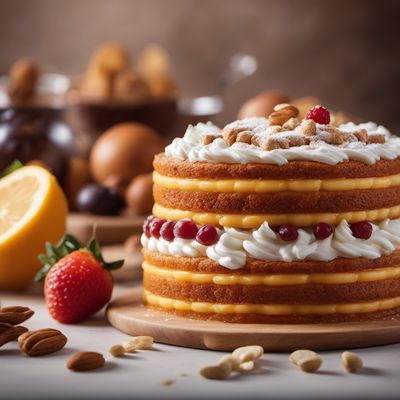
Rotation cooked layered cakes
Whirling Delights: Exploring the Art of Rotation Cooked Layered Cakes
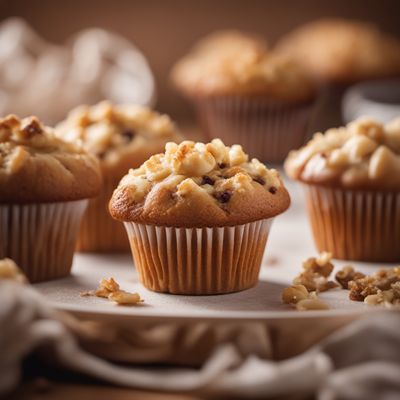
Muffins
The Delightful Morning Treat
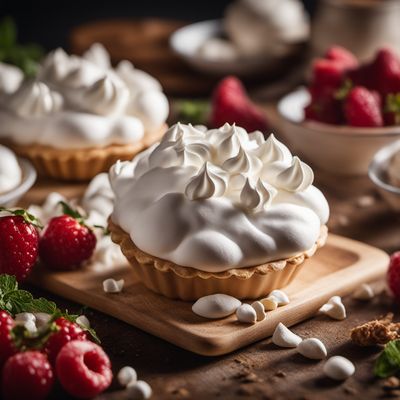
Meringue tart
Delicate Clouds of Sweetness

Cream cake
Indulgent Delight: Cream Cake
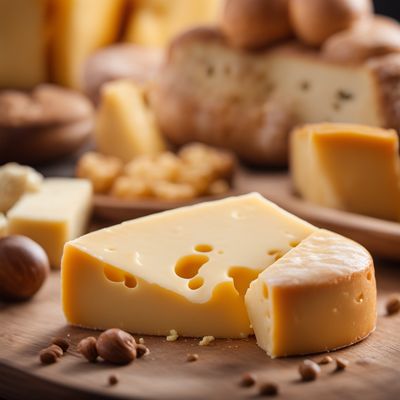
Cheese cake
"Decadent Delight: Exploring the World of Cheese Cake"

Fruit cake
"A Burst of Fruity Delight: Exploring the World of Fruit Cake"
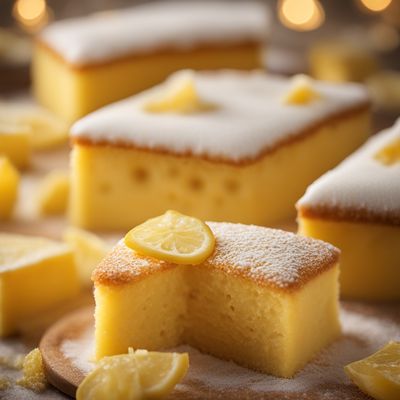
Sponge cake
"Light and Fluffy Delight: Exploring the World of Sponge Cake"
Recipes using Plain cakes » Browse all

Nozawana Miso Soup
Umami Delight: Nozawana Miso Soup
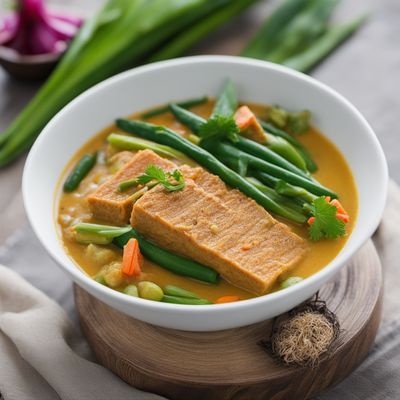
Sayur Lodeh with Tempeh and Coconut Milk
Indonesian Delight: Tempting Sayur Lodeh with Creamy Coconut Milk

Buddha's Garden Medley
Harmony in a Bowl: Buddha's Garden Medley

Grilled Seaweed Rolls with Sesame Sauce
Savory Seaweed Delight: Grilled Gim Gui with Irresistible Sesame Sauce
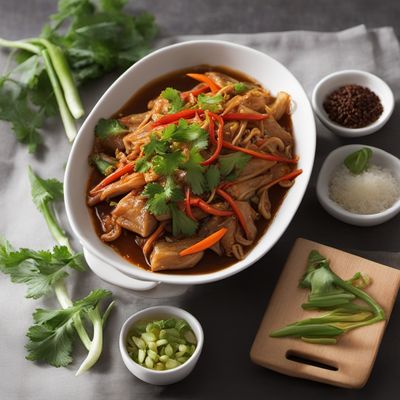
Burmese Chinese Michetta
Crispy Burmese Chinese Michetta: A Fusion Delight

Chinese Indonesian Style Goya Chanpuru
Savory Stir-Fried Bitter Melon with Tofu and Shrimp

Mauritian Spiced Tomato Stew
Savory Delight: Mauritian Rougaille
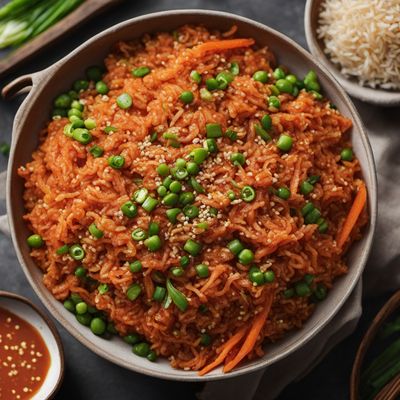
Kimchi Fried Rice
Spicy and Tangy Kimchi Fried Rice Delight

Turks and Caicos Inipit
Tropical Delight: Turks and Caicos Inipit

Tempeh Stir-Fry with Spicy Sweet Sauce
Fiery Tempeh Delight: A Spicy Twist on Indonesian Stir-Fry

Pashtun-style Roasted Cupim
Tender and Flavorful Pashtun Roasted Cupim: A Delightful Fusion of Brazilian and Pashtun Flavors
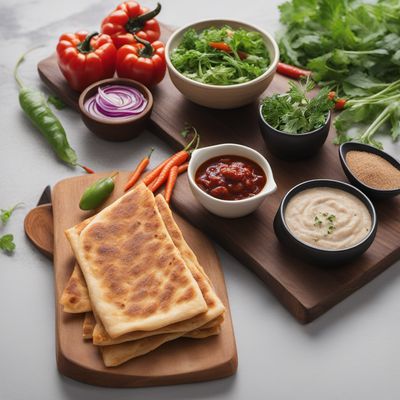
Roti John with a Twist
Savory Malaysian Delight: Roti John Fusion